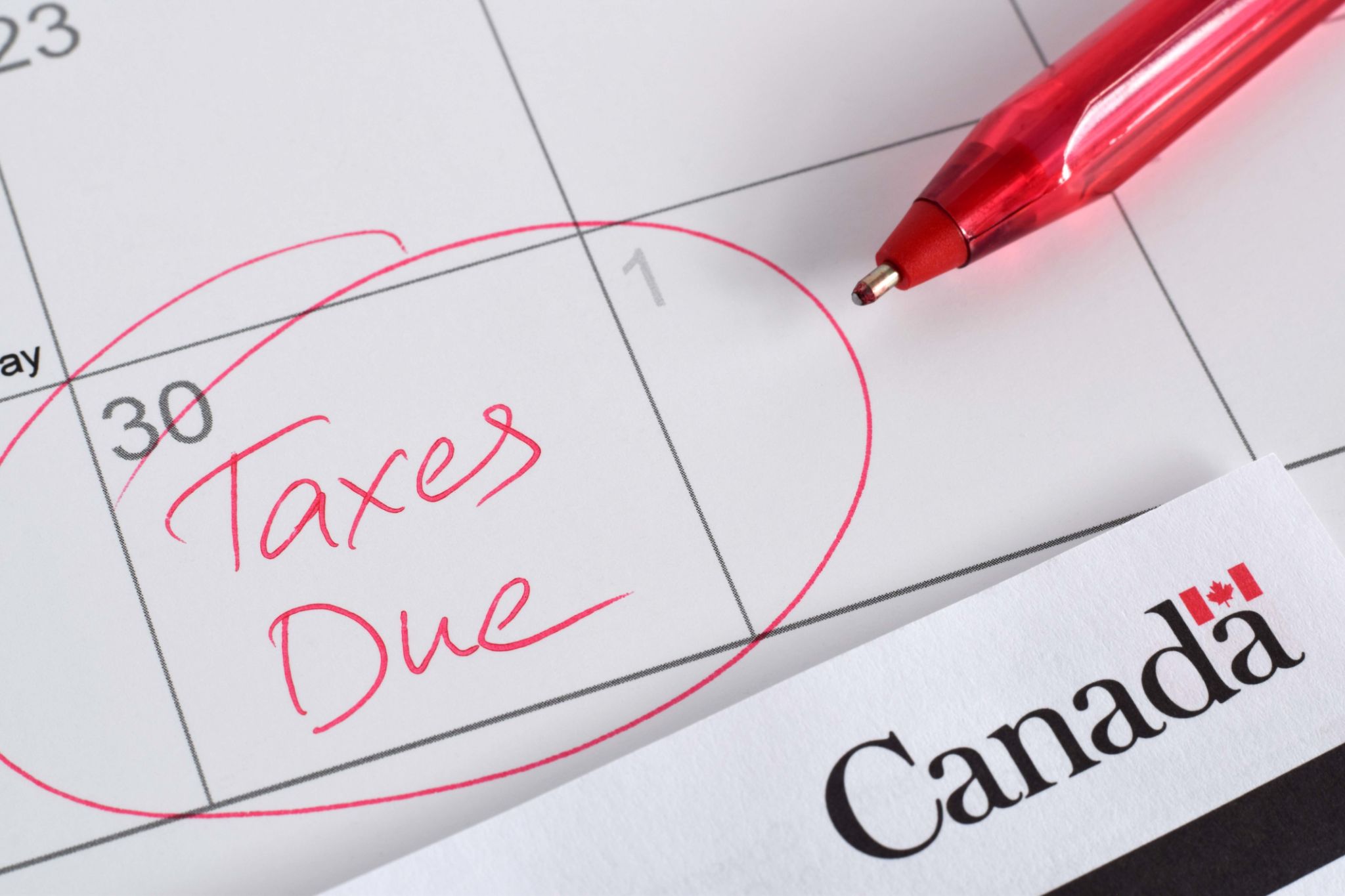DIY Tips for Filing Unfiled Tax Years with the IRS
Understanding the Importance of Filing Unfiled Tax Years
Filing unfiled tax years might seem daunting, but it's a necessary step to ensure compliance with the IRS. Failing to file can result in penalties, interest, and even legal action. By taking the initiative to file past due returns, you can avoid these consequences and potentially qualify for certain tax relief options.
It's crucial to recognize that the IRS has the authority to file a substitute return on your behalf. However, these returns might not include deductions and exemptions you qualify for. Therefore, submitting your own returns is beneficial for ensuring accurate tax liability calculations.

Gathering Necessary Documents
The first step in addressing unfiled tax years is to gather all necessary financial documents. You will need income statements such as W-2s and 1099s, as well as records of any deductions or credits you plan to claim. If you're missing any documents, you can request copies from your employer, financial institutions, or directly from the IRS.
Having an organized system for tracking these documents can be helpful. Consider using folders or digital tools to categorize and store your records efficiently. This will make the process smoother and reduce the likelihood of missing important information.
Consulting IRS Transcripts
For those uncertain about which years need filing, requesting IRS transcripts can provide clarity. The IRS offers several types of transcripts that provide information about your tax accounts and returns. This can help you identify any unfiled years and the income reported to the IRS.

You can request transcripts online through the IRS website or by mail using Form 4506-T. Having these transcripts will assist not only in understanding your filing obligations but also in verifying the accuracy of income information.
Completing and Submitting Past Due Returns
Once you've gathered all necessary information, you'll need to complete the tax returns for each unfiled year. It's essential to use the correct forms for each year, as tax laws and forms may have changed over time. You can find prior year tax forms on the IRS website.
After completing the returns, submit them to the IRS along with any payment due. It's recommended to send these returns via certified mail with a return receipt requested to ensure proof of submission.

Exploring Payment Options
If you owe taxes but are unable to pay in full, the IRS offers several payment options. You can set up an installment agreement or apply for an offer in compromise if you qualify. These options can help manage your tax debt without facing severe financial strain.
It's important to communicate with the IRS if you're experiencing financial difficulties. They may offer additional relief options based on your circumstances.
Seeking Professional Assistance
Filing unfiled tax years on your own can be challenging, especially if you're dealing with complex financial situations. In such cases, seeking the assistance of a tax professional or CPA can be invaluable. They can provide guidance, ensure accuracy, and help negotiate with the IRS if needed.
By taking proactive steps and using available resources, you can successfully navigate the process of filing unfiled tax years and move towards financial compliance and peace of mind.
